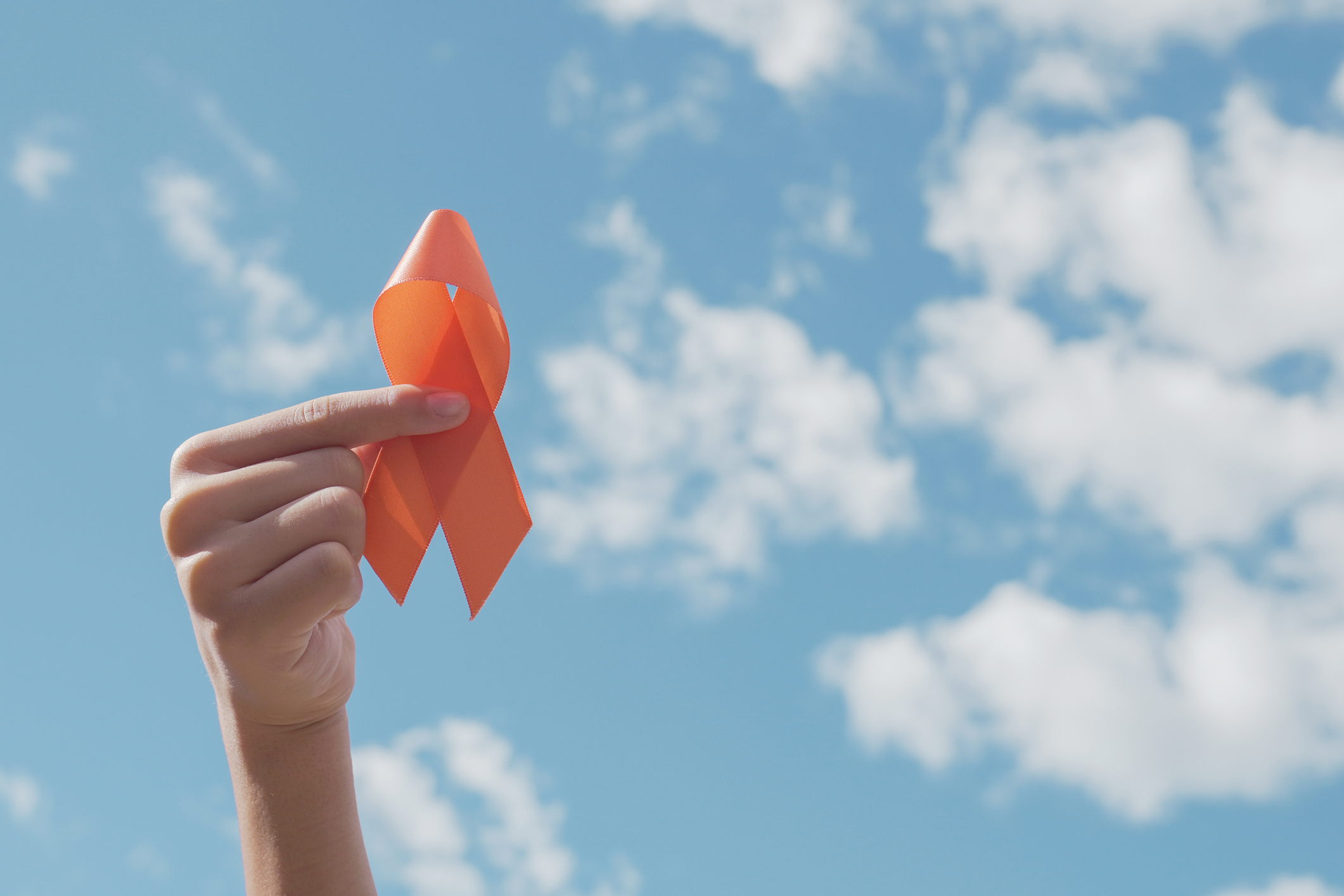
Leukemia is a broad term for blood cancers. There are different types of leukemia that are categorized by how fast the disease progresses. Leukemia can be either “acute” and fast-growing or “chronic” and slow-growing.
William DeRosa, DO, chair of medical oncology at Summit Health, explains everything you need to know about the different types of leukemia, how individuals are diagnosed, and what treatment options are available. Together, our medical oncologists work with surgeons and radiation therapists, as well as other specialties to offer the best possible care.
What is leukemia?
Leukemia is a form of blood cancer characterized by the uncontrolled production of abnormal white blood cells. The disease begins in the bone marrow, the soft tissue inside the bones where your body’s blood cells are made. Here, immature stem cells grow to become different types of blood cells.
But in leukemia, the bone marrow produces stem cells that don’t mature all the way. These abnormal cells, known as leukemia cells, build up and crowd the healthy blood cells. The leukemia cells eventually enter the bloodstream, where they can spread to other organs and make it harder to fight infection.
How common is leukemia?
The disease is not as common in adults as other cancers like breast or prostate, representing only 3.2 percent of all new cancer cases in the U.S. While rare, leukemia is the most common cancer diagnosed in children.
What is acute leukemia?
People with acute leukemia develop symptoms quickly, require immediate treatment, and usually need hospitalization. By contrast, people with chronic leukemia may go years without any noticeable symptoms, and some might not need treatment right away.
Are there different types of chronic leukemia? Who do they affect?
Chronic leukemia is most common in adults. There are two main types of chronic leukemia.
- Chronic myelogenous leukemia (CML) develops from myeloid cells. CML is more common in older adults, with the average age of diagnosis at around 64 years.
- Chronic lymphocytic leukemia (CLL) develops from lymphoid cells and is the most common chronic leukemia in adults. About 9 out of 10 people with CLL are over age 50.
Common leukemia symptoms
Symptoms of chronic leukemia can be vague and resemble other conditions. Some people may not have any warning signs. Check with your provider if you experience:
- Fatigue or weakness
- Night sweats
- Unexplained weight loss
- Fever
- Chills
- Pain or fullness in the belly
- Swollen lymph nodes
Leukemia diagnosis
Sometimes a routine blood test will alert your provider to the possibility of chronic leukemia. Or your doctor may order a blood test if you’re showing symptoms during a physical exam. If your provider suspects leukemia, they may refer you to a hematologist, or a physician who treats blood disorders.
Your hematologist may recommend further testing to confirm a CML or CLL diagnosis and to determine if the disease has spread. These tests include:
- Complete blood count can detect abnormal levels of red blood cells, white blood cells, and platelets.
- Flow cytometry is used to diagnose CLL by analyzing a small blood sample for specific markers in or on cells.
- Bone marrow tests look for disease and blood cell production in the bone marrow.
- Genetic tests show if there are genetic predispositions to disease.
- CT scan may be used to show if lymph nodes or organs like your spleen are enlarged.
Common leukemia treatments
Chronic leukemia treatment and prognosis will depend on many factors, including the disease’s phase or stage, the patient's age, and overall health. Discussing these factors with your provider along with all the treatment options, their benefits, and potential side effects will help you decide what treatment plan best meets your needs.
Targeted therapy is often the main treatment for CML. This treatment uses drugs called TKIs (tyrosine kinase inhibitors) to identify and attack cancer cells.
You may not need treatment right away if you’re diagnosed with CLL. Instead, you’ll undergo “watchful waiting” and be closely monitored for any onset or change in symptoms.
Chronic leukemia may require additional treatments, such as:
- Chemotherapy
- Immunotherapy
- Targeted drug therapy
- Radiation
- Stem cell transplant
The goal of treatment is to achieve remission, meaning you don’t have signs and symptoms of cancer anymore even though cancer may still be in your body. With chronic leukemia, you’ll need to continue seeing your provider for physical exams and tests to see how well treatment is working and whether the cancer returns.
Advances in leukemia treatment
Any cancer diagnosis is difficult news to receive, but advances in treatment are encouraging. Dr. DeRosa says the overall five-year survival rate for CML is now 90 percent. This is largely due to the TKIs used in targeted drug therapy.
He adds that clinical trials help advance cancer care by identifying more effective treatments. Summit Health offers patients access to clinical trials as part of its integrated, multidisciplinary cancer care program. “We have a sophisticated program that can diagnose, treat, and support leukemia patients,” he says.
